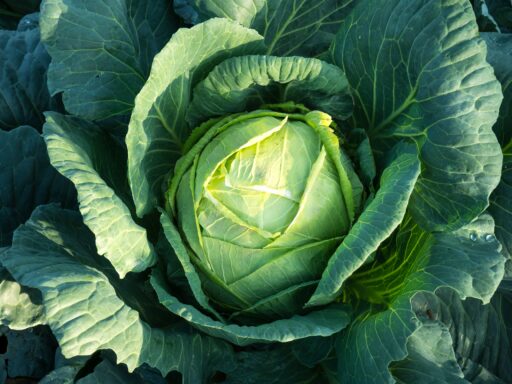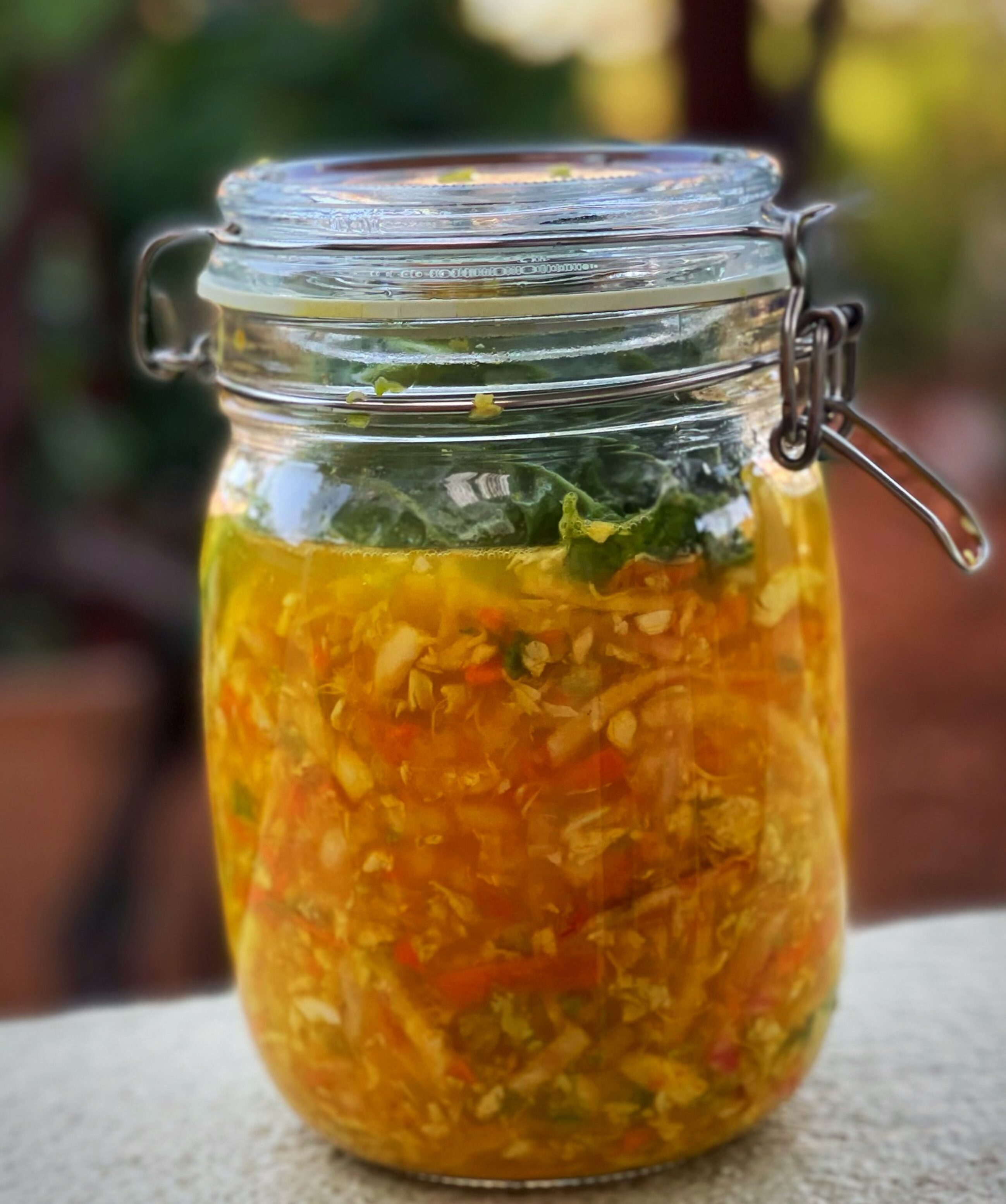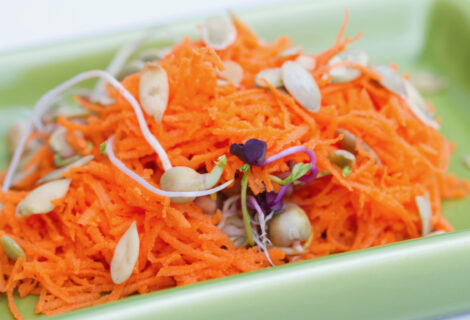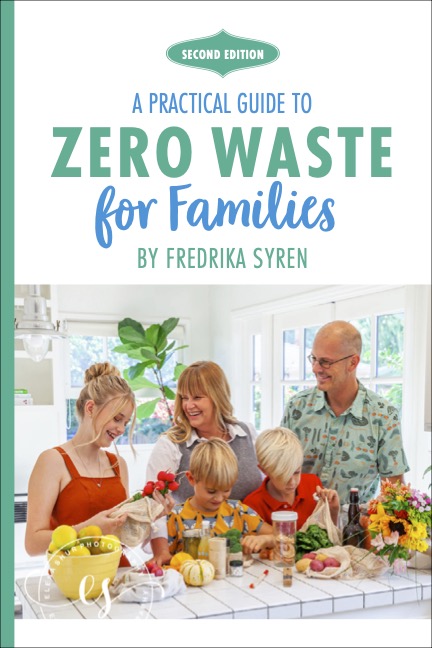Golden Sauerkraut Recipe
When the garden hands you lots of cabbage, make sauerkraut!
This season we’ve been enjoying an abundance of cabbage, especially compared to last year’s lacking harvest of maybe seven heads. We’ve been eating loads of cabbage in slaws, salads, and stir-fries and making tons of sauerkraut. We add homegrown beets, carrots, and turmeric to the mix to create delicious golden krauts, which are high in antioxidants and beneficial bacteria like probiotics.
Sauerkraut is rich in probiotics, as I mentioned, so it can help improve digestion and it provides probiotics and vitamin K2. Eating sauerkraut may help strengthen the immune system so it’s a good food to add daily to keep you healthy. It’s a well known fact that a healthy gut means a stronger immune system and healthy body. We love adding krauts to any salads, on top of sandwiches and we even add it to our guacamole. Because I added both ginger and turmeric to this recipe, it adds even more health benefits because both ginger and turmeric are potent anti-inflammatories and antioxidants.
Here is our youtube video showing how we make our krauts:

Golden Sauerkraut Recipe
2 green cabbages (3 kg) Save some of the outer layers of the cabbage for packaging on the top
6 medium carrots
1 yellow beet
15 g / 1.5 Tbsp grated ginger
15 g / 1.5 Tbsp minced garlic
1 Tbsp ground turmeric (optional)
2 Tbsp / 30 g Himalayan sea salt
Prepare the kraut:

Before fermenting or canning, make sure you have washed hands well and sterilized jars.
- Wash the cabbage, scrub the carrots, and peel the beets. Finely slice the cabbage and grate the carrots and beet. I like to use a food processor with a fine slicer attachment for the cabbage and a rough grating attachment for the carrots and beets.
- Place all ingredients in a large mixing bowl. Use your hands to mix and massage the veggies until they get soft and juicy. You may want to wear rubber gloves to prevent your hands from getting stained by turmeric. The vegetables should release quite a lot of juice. If not, add more salt.
- Use a spoon or tongs to transfer the mixture into two large clean jars. Pack the jars tight to keep out air. Keep packing until the jars are full of veggies and the veggies are covered in juice (very important!). Leave some space at the top to place a whole folded cabbage leaf to prevent any oxidation. Close with an air-tight lid.
It’s time to ferment!

Leave the jars to ferment at room temperature for 2-4 weeks (depending on room temperature). It took me two weeks since it’s warmer here in San Diego, but usually, three weeks is perfect.
During the fermentation process, the veggies will expand, and the liquid will try to seep out. We put our jars in a bowl or a plastic bag to catch any juice that might drip from the sides.
When ready, your kraut should be softly textured but not mushy and have a fresh, spicy, acidic flavor.
Discard the cabbage leaves at the top and store the jars in the fridge. The krauts will keep for months in the fridge once open and even longer when unopened.
Enjoy!
What are you favorite fermented foods?
For anyone who is growing food right now is prime harvest and preserving time so If you want to learn more about traditional canning check out my post here.
If you have lots of homegrown tomatoes and need inspiration what to do with them check out my post about how to eat them and preserve them here and how I preserve tomatoes in oil here.








